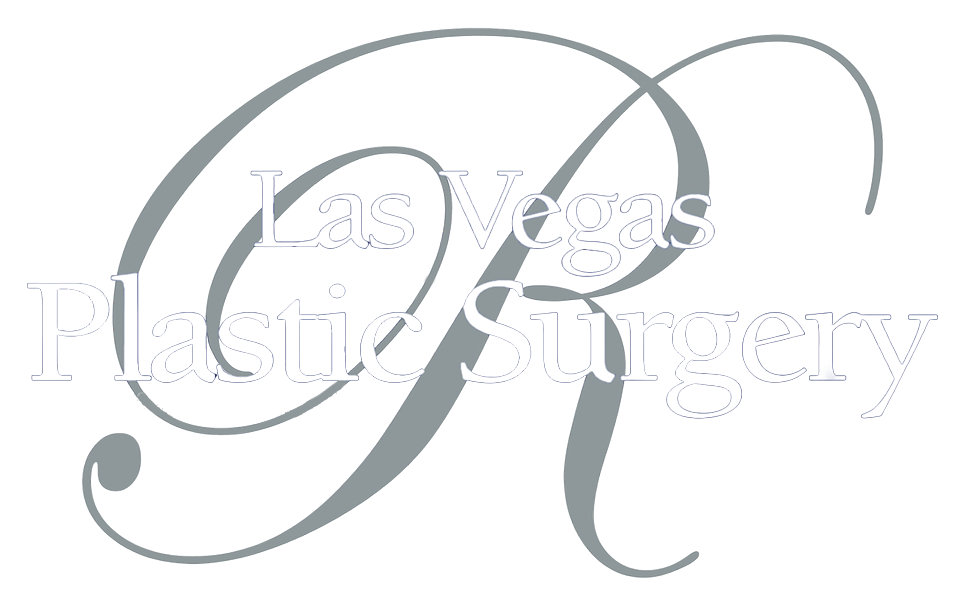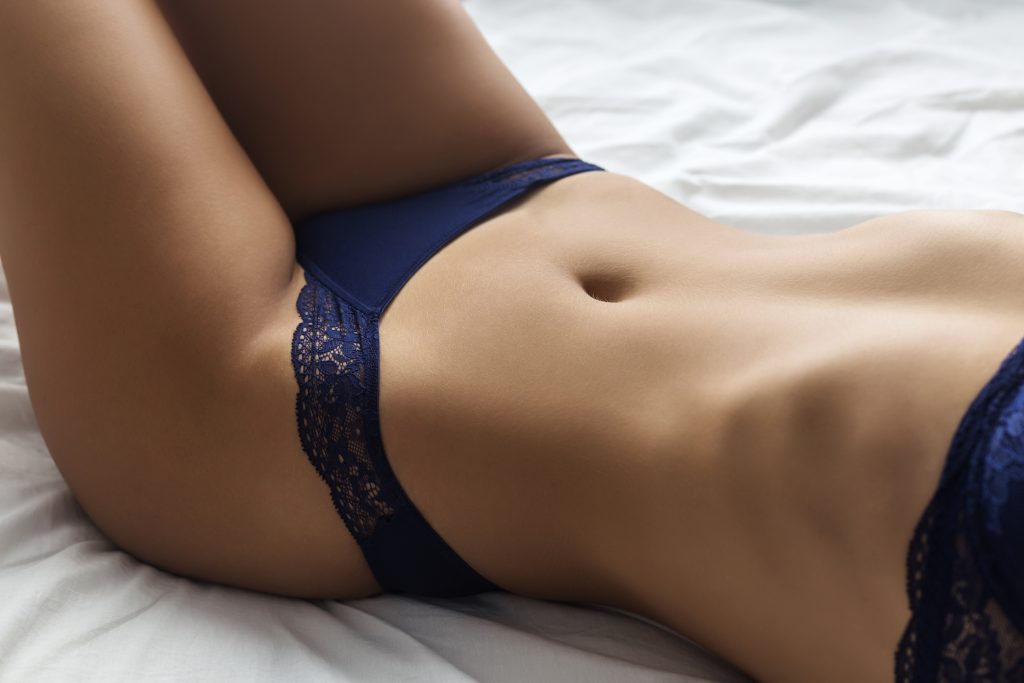Getting rid of those stubborn pockets of fat with liposuction is an exciting prospect. If you’re like most people, though, you probably have many questions about the procedure, its safety, how painful it might be, and more. In this post, Dr. Roth answers your most-asked questions about liposuction.
1. What is liposuction?
Liposuction is the surgical removal of fat from an unwanted place on the body using suction cannulas. It treats contour deformities/irregularities and lipodystrophy, which is a medical condition characterized by abnormal conditions of the body’s tissue.
2. Is liposuction painful?
With liposuction, there is some soreness as it is a surgical procedure. However, with modern plastic and cosmetic surgery techniques, the use of lidocaine (numbing medicine) in the tumescent solution and modern anesthesia, the discomfort from liposuction is usually very manageable. The compression garments and use of post-operation ice also help to relieve pain and tenderness in the treated area
3. What’s the difference between liposuction and liposculpture?
There is no real difference between liposuction and liposculture. Some plastic surgeons describe what they are doing as sculpting the body. This is true, but the aesthetic judgment and tools used when “sculpting” are the same used in liposuction.
4. Can I get liposuction?
The best candidates for liposuction tend to be those in good shape and health with a contour irregularity on their body, like “love handles” or a “pot belly.” This would be the patient who is in the gym, and then comes to the office and says, “I still have this area here that I can’t get rid of.” As I see it, liposuction is best used against what I call “genetic fat,” a contour abnormality that does not go away even at a patient’s peak physical shape and lowest weight. You can learn more about who is a good candidate for liposuction in my related blog post.
5. Does fat come back after liposuction?
Liposuction is a tool to refine a body contour; it is not an excuse for not going to the gym and eating improperly. Fat can come back to the area that was treated. Fat can also be deposited in a different area. The key to successfully keeping the fat and contours from returning after liposuction surgery is to live an active lifestyle, eat a healthy diet, and work hard to avoid gaining the weight back. Patients who go to the gym post liposuction and keep themselves fit are the real success stories with the great results.
6. What is a “tumescent solution” procedure in liposuction?
In modern liposuction, the standard is to infiltrate the treatment area with tumescent solution. This solution consists of Normal Saline or Lactated Ringers (standard I.V. fluid), lidocaine (to decrease pain), and epinephrine (to decrease bruising). One then uses the suction cannulas to suck out the fat and tumescent solution at the same time. Beware of plastic surgeons advertising the “new” tumescent technique. It is not new. It is the standard technique that has always been used in liposuction.
7. Is SmartLipo better than traditional liposuction?
As of this writing, there are no large, randomized, prospective, well-controlled studies that have shown a statistically significant difference between SmartLipo and traditional Liposuction. The makers of the SmartLipo machine will tell you that SmartLipo is not for large or standard volume liposuction, but instead for small areas on the body. There may be a potential advantage of the laser technology in traditionally troublesome areas for liposuction, (i.e.; knees, ankles), but this has not yet been proven in any conclusive studies. One of the major downsides of the SmartLipo technology is burns. The SmartLipo people do terrific direct-to-consumer marketing. If you are seriously interested in SmartLipo, you need to do your due diligence and research to make the right decision for your body and your individual needs.
8. What about ultrasound liposuction? laser liposuction? cold liposuction? water jet liposuction?
As of this writing, there are no large, randomized, prospective, well-controlled studies that have shown a statistically significant difference between traditional liposuction and some of the other alternative liposuction procedures. Ultrasound liposuction has been seen to be useful in very fibrous areas, (i.e.; men’s backs with a fibro-fatty hump, gynecomastia). The downside of ultrasound liposuction includes burns and the increased rate of seromas. Water jet liposuction may have a theoretical advantage with fat harvesting, but it has not yet been proven in any definitive clinical studies.
9. Is liposuction safe?
There is always risk with any procedure, and there may always be unexpected or untoward events. With this in mind, liposuction is safe when it is performed properly on the proper patient. Some patients are just not good candidates. Reducing the risk of problems is an important aspect of what board-certified plastic surgeons do. For example, the current recommendation for outpatient liposuction should be limited to 5 liters of fat removal or less. Above this level, there seems to be an increased risk secondary to fluid shifts. Prospective patients should seek plastic surgeons who have had proper training in not only performing the operation but also in peri-operative (before and after) management of the patient and possible complications.
10. Will I have to wear a compression garment?
After liposuction surgery, you will wake up in a compression garment (like Under Armour). Most patients like the compression. It also helps to decrease the potential for contour irregularities. The fat was taken out, now the skin has to adhere to the structures without the fat. Compression garments help the skin contour to your new shape. After liposuction surgery, compression garments are worn all the time for a few weeks, then half time until gradually they are no longer needed at all.
I hope my answers to these commonly asked questions are helpful in your liposuction decision-making. If you would like to see the type of results we can achieve with liposuction, take a look at some of my patients’ liposuction before and after pictures.
If you have any other questions about liposuction, please feel free to give me a call at (702) 450-0777 or use my online form to request a consultation.
Jeffrey J. Roth, M.D., F.A.C.S.
Las Vegas Plastic Surgery



